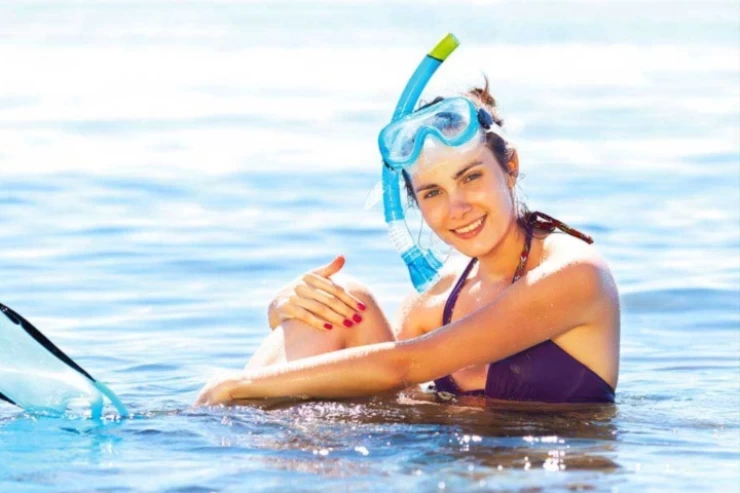
Hamata Islands (Qulaan Archipelago) in Marsa Alam
Hamata Islands (Qulaan Archipelago) in Marsa Alam
The Red Sea Governorate includes 3 main nature reserves, in addition to several other areas registered as natural areas outside the scope of the reserves. The three nature reserves are still being preserved by the competent authorities without disturbing the serenity of the creatures, whether terrestrial or marine. These reserves are, from the north, the Northern Islands Reserve, then the Wadi El Gemal Reserve and the Elba Mountain Reserve.
Each reserve has several sectors. In Wadi El Gemal Reserve, there is one of the natural areas called the Hamata area or Hamata sector in Wadi El Gemal Reserve. Its sectors are the perfect and most ecological, land and water, and host countless animals and plants found in the oceans and on the land. This is situated in the southern region of Marsa Alam city, which is in the Red Sea Governorate. This region consists of the finest Red Sea shores, owing to the composition of these shores which can easily be likened to an artistic piece of work, showcasing the beauty that the Creator has endowed Egypt with.
The beaches of this area are rich in various marine creatures, which have been frequently observed, such as dolphins, turtles and other diverse marine creatures. This area was named the Hamata area, as its name was derived from the sorrel plant that the area is famous for, which is a mountain plant, and the name was distorted until it reached Hamata.
The Hamata sector is the largest sector of the famous Wadi El Gemal Reserve in Marsa Alam, and it contains a great diversity of land and sea biodiversity, and it has wild animals that have been observed many times before. The Red Sea Reserves were previously established by a monitoring program for the Egyptian gazelle in the Hamata area, because it is the area where the Egyptian gazelle lives the most, as the gazelle was observed there by tracking its tracks among the mountain valleys.
The most important wild animals that live in Hamata, other than the Egyptian gazelle, are the mountain goat, as well as the wild cat, the tit, and the Barbary sheep. The Hamata area includes various birds, including resident and migratory birds, as there are large numbers of birds, most of which feed on fish and small marine creatures and build nests on distant islands, such as Wadi El Gemal Island, which they consider safe for them. It is one of the migration stations for birds from Europe to Africa and vice versa, as this area is considered one of the most important stations where food is available for birds, which is various marine fish.
It is located in the Hamata region, the second highest peak in the Red Sea, which is Hamata Mountain, and its height is 1977 meters. The region was named after it, and it was named after the sorrel plant, which was changed to Hamata, which is widespread in the region among 200 desert plants in that region.
The Hamata area includes a marina from which dozens of marine launches depart daily to distant islands and various diving sites. There are also many trips organized to its beaches, and it is always visited by those who love tranquility and relaxation, and many tourists practice sports on its beaches.
About 100 km away from the Hamata area is one of the famous gold mines, which is the Hamish mine, which is located on the western side of the area. The first experimental gold alloy was produced for the first time in Egypt from the mine in 2007, and production in February 2010 reached about 65 kilograms.















